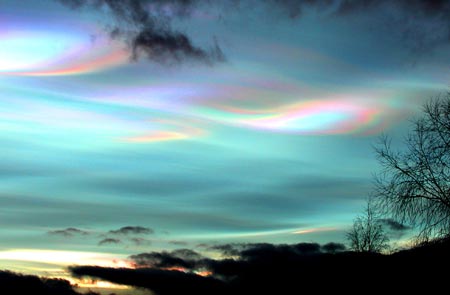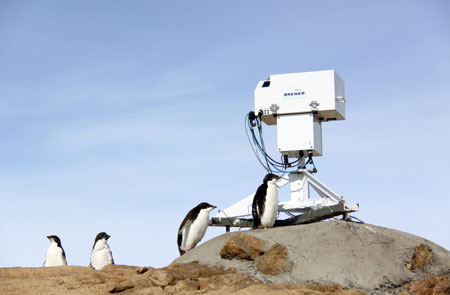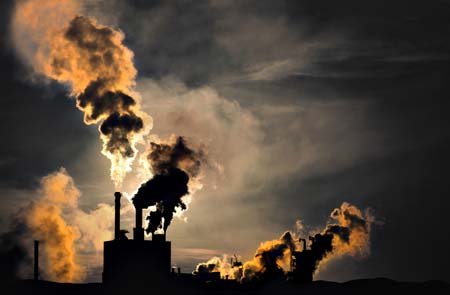The role ozone plays in the atmosphere and its impact on our health and climate
 ©
Geir Braathen
©
Geir Braathen
The ozone layer is high up in the atmosphere, between 10 and 40 km above the Earth's surface, above where most airplanes fly, in an area called the stratosphere. It contains about 90% of all the ozone in the atmosphere.
It acts as a natural sunscreen , absorbing ultraviolet (UV) light and protecting people, animals and plants from most of the sun's harmful rays.
Without the ozone layer, we would be exposed to 70 times more UV radiation than we are today, and more people would suffer from sunburn, skin cancer and eye problems.
Related links:
International Day for the Preservation of the Ozone Layer


A massive hole in the ozone layer over Antarctica was first discovered in 1985.
With the ozone hole, the amount of ultraviolet (UV) rays reaching us has increased. This increase does not mean that we cannot enjoy the outdoors, but we should always protect ourselves against UV.
The hole is an annually-occuring phenomenon (from August to October). At the hole's worst point (late September to early October) virtually all ozone between 12 and 20 km in the stratosphere is destroyed.
The destruction of the ozone layer is caused by manmade gases containing ozone depleting substances. These substances are now more or less banned thanks to the 1985 Vienna Convention for the Protection of the Ozone Layer and the 1987 Montreal Protocol, in which WMO and the United Nations Environment Programme (UNEP) played a leading role.
However, these harmful gases have a long lifetime in the atmosphere and only come down at a rate of 1% per year. As long as these gases are present in the atmosphere we can expect big ozone holes to occur.
Complete recovery of the ozone hole over Antarctica is expected around the year 2065.
Related links:
Safe in the sun? UN launches new app to help beat skin cancer
International Day for the Preservation of the Ozone Layer
Substances that Deplete the Ozone Layer [UNEP]

Why does the ozone hole only happen in Antarctica and not elsewhere?
The answer to this lies in the special meteorological conditions in the Antarctic stratosphere, 15-25 km above the Earth’s surface, where temperatures during the winter can drop to below -80°C and even below -90°C.
At such low temperatures clouds can form in the stratosphere even though one usually never finds clouds at this altitude as the amount of water vapour there is very low. These polar stratospheric clouds can develop in the Arctic but occur more often in the Antarctic because of its colder temperatures.
A chemical reaction unique to these clouds takes place among the particles from ozone-depleting substances stuck to their surface. These chemical compounds increase roughout the polar night (which occurs from May to August over a large part of Antarctica).
When the sun comes back to Antarctica at the end of August each year, the chemicals react with the sunlight, dramatically destroying ozone and creating the ozone hole between September and November each year over Antarctica.
 ©
Amy Johansson
Silhouette of factory with chimneys and heavy smoke
©
Amy Johansson
Silhouette of factory with chimneys and heavy smoke
The manmade gases that cause the ozone hole are also potent greenhouse gases. Removing these gases from the atmosphere is both a measure for repairing the ozone hole and a measure against climate change.
In fact, the ban of ozone-depleting substances has been one of the most important measures so far against climate change.